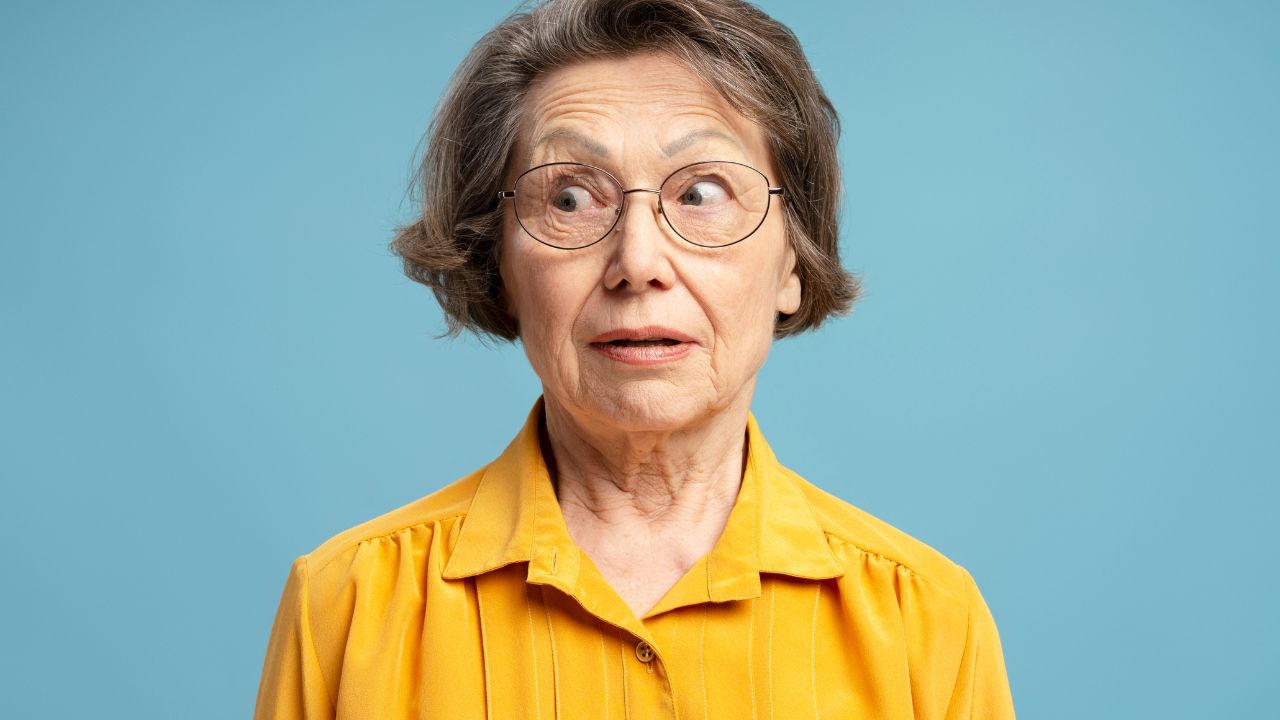- 1-855-787-4487
- info@ecgprod.com
- Mon - Fri: 10:00am - 6:30pm
The portrayal of women in commercials has sparked debate for decades. Some view it as a reflection of societal norms, while others argue it distorts reality and reinforces stereotypes. This article dives into the complexities of this issue, examining how these portrayals shape perceptions and influence societal standards.
Despite strides in gender equality, women in commercials are often reduced to stereotypes: homemakers, objects of desire, or symbols of beauty. They rarely appear as leaders or innovators. This limited portrayal fails to capture the richness of women’s roles today, instead perpetuating narrow views that ignore their diverse aspirations and achievements.

Stereotypical depictions in commercials do more than just misrepresent women; they reinforce damaging societal norms. These portrayals shape public perception, dictating what is “acceptable” or “normal” for women, and subtly uphold gender inequality in workplaces, education, and relationships.

Faced with mounting criticism, some regions have introduced regulations. The UK’s Advertising Standards Authority, for example, bans ads depicting harmful gender stereotypes. Yet, these efforts are inconsistent globally and often insufficient in creating lasting change.
Meaningful change requires a proactive shift in how women are depicted. Brands must avoid reductive stereotypes and commit to showcasing women in diverse, realistic roles. This not only aligns with social progress but also builds stronger, more relatable connections with audiences.
The representation of women in commercials is a microcosm of broader societal issues concerning gender roles and equality. Progress has been made, but there is still a long way to go. Advertisers have a responsibility to lead the charge in fostering more inclusive and empowering narratives.
Why is this issue so significant?
The portrayal of women in media shapes societal perceptions and impacts gender equality.
What are common stereotypes?
Women are often depicted as homemakers, objects of male desire, or symbols of physical beauty.
How do these stereotypes affect society?
They perpetuate gender norms that restrict women’s opportunities and undervalue their contributions.
Are there ongoing efforts to address this?
Some countries have introduced regulations to ban harmful gender depictions, but global change is needed.
What responsibility do advertisers have?
Advertisers are influential storytellers who can challenge norms and promote diverse representations.
How can consumers make a difference?
Supporting brands that promote positive portrayals and voicing concerns about harmful ads drives change.
When we talk about the portrayal of women in commercials, we’re not just talking about advertising—we’re talking about influence. Commercials are one of the most powerful tools in modern media. They reach massive audiences, shape cultural conversations, and subtly (or not-so-subtly) reinforce ideas about gender, identity, and worth. And while there has been some measurable progress in recent years, the portrayal of women in commercials remains fraught with outdated stereotypes, unrealistic standards, and limited representation.
Traditionally, women in commercials were confined to roles that reflected societal norms of the time: the homemaker, the mother, the assistant, the beauty object. These roles weren’t just common—they were nearly universal, creating an echo chamber of expectations about what women should be, look like, and do. Brands routinely used the female image to sell products ranging from cleaning supplies to cars—often reducing women to props or passive participants in narratives driven by male action and desire.
In recent years, there’s been a push to portray women in commercials as leaders, professionals, athletes, innovators, and decision-makers. We’ve seen more female CEOs in ad campaigns, more women of diverse ethnicities, body types, and backgrounds, and more brands taking a conscious stand on gender equality. Campaigns like Dove’s “Real Beauty” or Always’ “Like a Girl” are just a few examples of advertising taking a more thoughtful, inclusive approach.
But while progress is real, it’s also inconsistent. For every empowering campaign, there’s another that backslides into objectification or one-dimensional characterization. Women in commercials are still often over-sexualized, underrepresented in leadership roles, or shown primarily in support of male characters or narratives. The data shows that although women make up over 50% of the global population and wield significant purchasing power, their representation in commercial storytelling still lags behind.
When we evaluate the representation of women in commercials, it’s critical to consider intersectionality—the ways in which race, age, sexual orientation, body type, and socioeconomic status intersect with gender. While white, able-bodied, thin, and youthful women are often featured prominently, others are left out entirely or shown only in stereotypical roles.
Where are the older women?
Where are women with disabilities?
Where are the diverse expressions of femininity?
To create truly inclusive media, advertisers must go beyond tokenism and start telling richer, more diverse stories that reflect the real world.
Representation isn’t just a moral issue—it’s a psychological one. Studies show that advertising plays a role in shaping self-image, confidence, and consumer behavior, particularly among young girls and teens. When women see themselves represented narrowly or unrealistically in commercials, it can impact their sense of value, capability, and aspiration.
Conversely, when women see themselves reflected with complexity, power, and authenticity, the impact can be profoundly positive. Brands have the opportunity—and responsibility—to lean into that power.
So, how do we improve the representation of women in commercials? It starts with intentionality and accountability:
Hire more women behind the camera—as writers, directors, editors, and creative leads.
Prioritize diversity in casting, and not just visually—consider roles, dialogue, and narrative agency.
Audit your creative: Is the female character active or passive? Is she a lead or an accessory?
Listen to your audience—consumers are increasingly aware and vocal about representation in media.
The portrayal of women in commercials is evolving—but slowly. The advertising industry has made strides, but it still has a long way to go in reflecting the complexity and diversity of real women’s lives. Representation matters—not just because it sells, but because it shapes how we see the world and each other.
At ECG Productions, we believe storytelling has the power to shift culture. That’s why we’re committed to helping brands create content that reflects the world as it is—and as it could be.
CONTACT US
LET'S GET IN TOUCH
1-855 787-4487
Mon – Fri 9:00 AM – 6:00 PM EST
120 Interstate N Pkwy E SE #226
Atlanta, GA 30339
info@ecgprod.com
Unlock a new level of creativity and experience a truly unique and enjoyable working environment with ECG Productions. Contact us today to bring your vision to life with our award-winning video production services.
Copyright 2024 ECG Productions
Website by SuperMassive